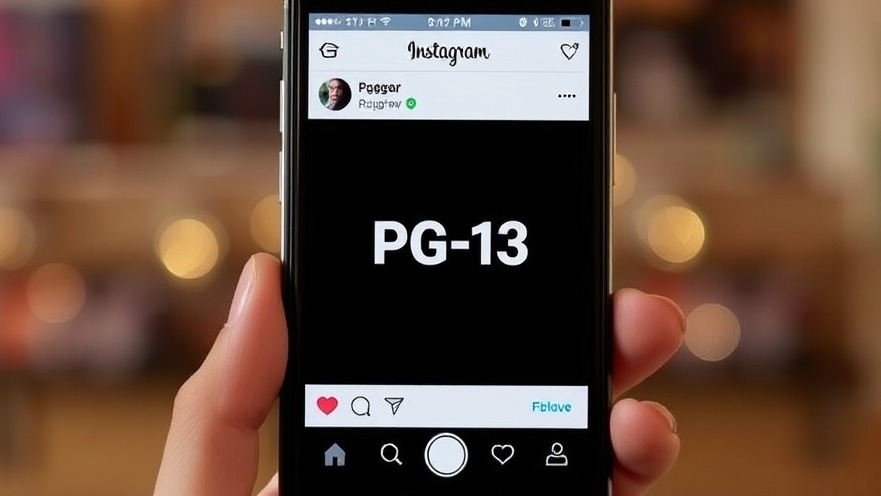
Introduction to Instagram's New Teen Account Guidelines
In a significant shift toward protecting younger users, Instagram has announced revamped content settings for teen accounts inspired by the movie industry's PG-13 rating. This move, set to automatically apply to users under the age of 18, aims to cultivate a safer online environment while offering parents greater control over their children's social media experience. Head of Instagram, Adam Mosseri, emphasized the importance of this update during a recent feature on TODAY, addressing growing concerns about the content accessible to teenagers on social platforms.
The PG-13 Influence: What It Means for Teens
The new guidelines essentially mandate that teens will only see content similar to what is permissible in a PG-13 movie. This includes blocking access to search terms related to risky behaviors, such as alcohol, drugs, and graphic violence. Mosseri stated, “Parents are urged to be cautious. Some material may be inappropriate for pre-teenagers,” echoing the ethos of responsible parenting akin to moviegoing experiences.
Details of the New Features and Settings
Instagram's approach to security emphasizes privacy features such as privatized accounts and restricted messaging. By default, any user under 16 will find themselves categorized under a '13-plus' content setting, meaning they are shielded from adult-oriented content. Furthermore, new settings are provided for parents who wish for even stricter control termed 'Limited Content', offering an option that filters out more content and restricts communication on posts.
Parents at the Helm: Empowering Family Decisions
As part of Instagram’s commitment to parental engagement, they introduced features for parents that provide a more controlled oversight of their children's online environment. According to Mosseri, these operational changes were heavily influenced by feedback from families. Surveys of over three million parents gathered insights on what content is deemed acceptable, helping refine these newly established guidelines. The aim is to evoke a sense of assurance amongst parents that their teens are navigating a safer digital landscape.
Engagement and Interaction: The Social Dynamics on Instagram
Despite this systematic approach, there remains concern about pretense age claims on the platform. Mosseri acknowledged that not every user is truthful about their age, prompting Instagram to employ age prediction technology that operates even if users misrepresent themselves. This is particularly relevant in light of marketplace concerns where older teens could access inappropriate content if stringent measures are not meticulously enforced.
Complexities Beyond Content Restrictions
While these changes are a step toward safeguarding younger audiences, they inevitably stir up a dialogue surrounding freedom of expression online versus parental oversight. How balanced is this relationship? As social media platforms continue to grow, the conversation must involve not only strict guidelines but also education on responsible media consumption.
Conclusion: Looking Ahead at Digital Safety
As Instagram rolls out these changes gradually, beginning in regions such as the US, UK, and Australia, the broader digital ecosystem must adapt to prioritize the well-being of its youngest users. By merging parental permissions with automated content restrictions, the platform is taking commendable steps. However, stakeholders in this digital age should remain vigilant, ensuring that the pursuit of safety does not inadvertently stifle the creative and social spirit that young users seek to embrace.
As Instagram reshapes its approach to protect teen users, it's crucial for parents to engage with these new settings actively and thoughtfully. For more information about how to implement these changes and enhance your teen's social media safety, stay tuned to local updates on digital engagement strategies. Equip yourselves with tools and resources that ensure a balanced online community for family and friends.
 Add Element
Add Element  Add Row
Add Row 



Write A Comment